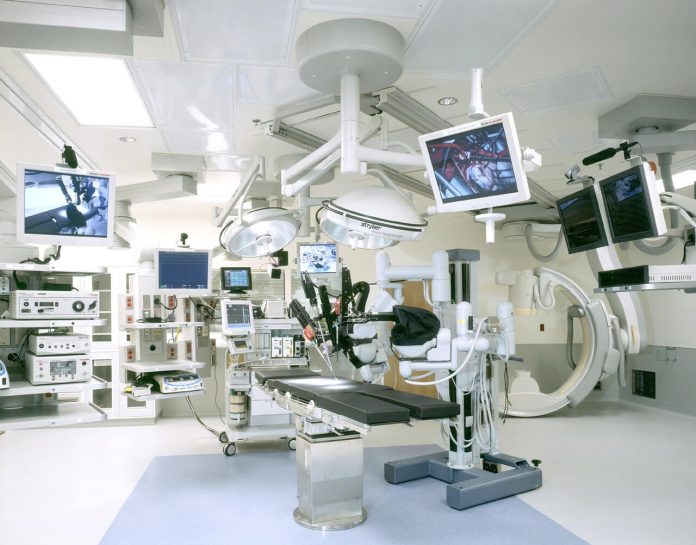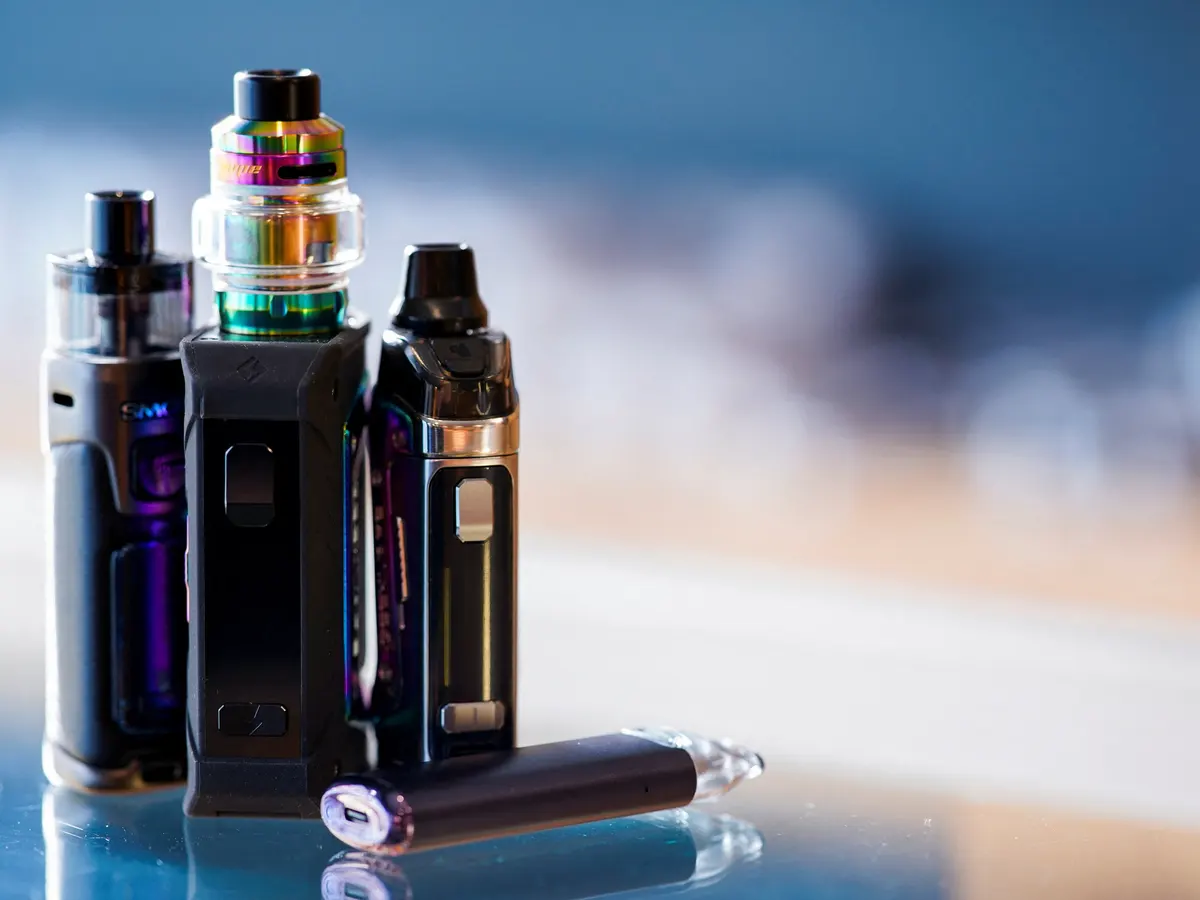Introduction
The ancient practices of yoga and meditation have long been celebrated for their profound effects on physical and mental well-being. When combined with respiratory equipment, these techniques can offer even more profound benefits. This exploration delves into the synergistic relationship between yoga, meditation, and respiratory equipment, highlighting how they can enhance respiratory health and overall quality of life.
Yoga and Respiratory Equipment
Pranayama Techniques
Yoga encompasses a range of pranayama (breath control) techniques that can be complemented by respiratory equipment. Devices such as spirometers and incentive spirometers can help individuals monitor and improve their breath capacity, making pranayama practices more effective. This synergy can lead to better control of breathing patterns and increased lung function.
Breathing Exercises
Yoga asanas (postures) often incorporate specific breathing patterns to enhance flexibility and oxygenation. Respiratory bipap equipment like CPAP machines or oxygen concentrators can support these practices by ensuring optimal airflow. Individuals with respiratory conditions, such as sleep apnea, can engage in yoga postures with more ease and comfort.
Meditation and Respiratory Equipment
Stress Reduction
Meditation is renowned for its stress-reduction benefits. When combined with respiratory equipment like nebulizers or portable oxygen concentrators, individuals with chronic respiratory conditions can manage anxiety and stress levels more effectively. A calm mind and relaxed body can contribute to improved breathing and overall well-being.
Breath Awareness
Meditation often emphasizes breath awareness as a focal point. Using pulse oximeters or respiratory rate monitors can help individuals maintain mindfulness about their breath and oxygen levels during meditation sessions. This awareness can deepen the meditative experience and promote respiratory health.
Tips for Combining Practices
- Consultation: Before incorporating yoga and meditation with respiratory equipment, consult with a healthcare professional, especially if you have underlying respiratory conditions. They can provide guidance on safe and effective practices.
- Breath Monitoring: Use respiratory equipment to track your breath metrics, such as oxygen saturation levels or respiratory rate, during yoga and meditation. This data can inform your practice and help you tailor it to your specific needs.
- Adaptation: Modify yoga poses and meditation techniques as needed to accommodate your respiratory condition and equipment. Focus on comfort and gradual progress.
- Consistency: Regularity is key to experiencing the full benefits of yoga and meditation. Establish a routine that incorporates these practices alongside your respiratory equipment use.
- Mind-Body Connection: Emphasize the mind-body connection. As you engage in yoga and meditation, cultivate an awareness of how your breath and equipment are supporting your overall well-being.
Conclusion
The fusion of yoga, meditation, and respiratory equipment represents a holistic approach to respiratory health and mental tranquility. These practices, when combined thoughtfully, can help individuals with respiratory conditions improve lung function, manage stress, and enhance their overall quality of life. By embracing the art of breathing, individuals can cultivate harmony between their physical and mental selves, paving the way for a more balanced and fulfilling life.


